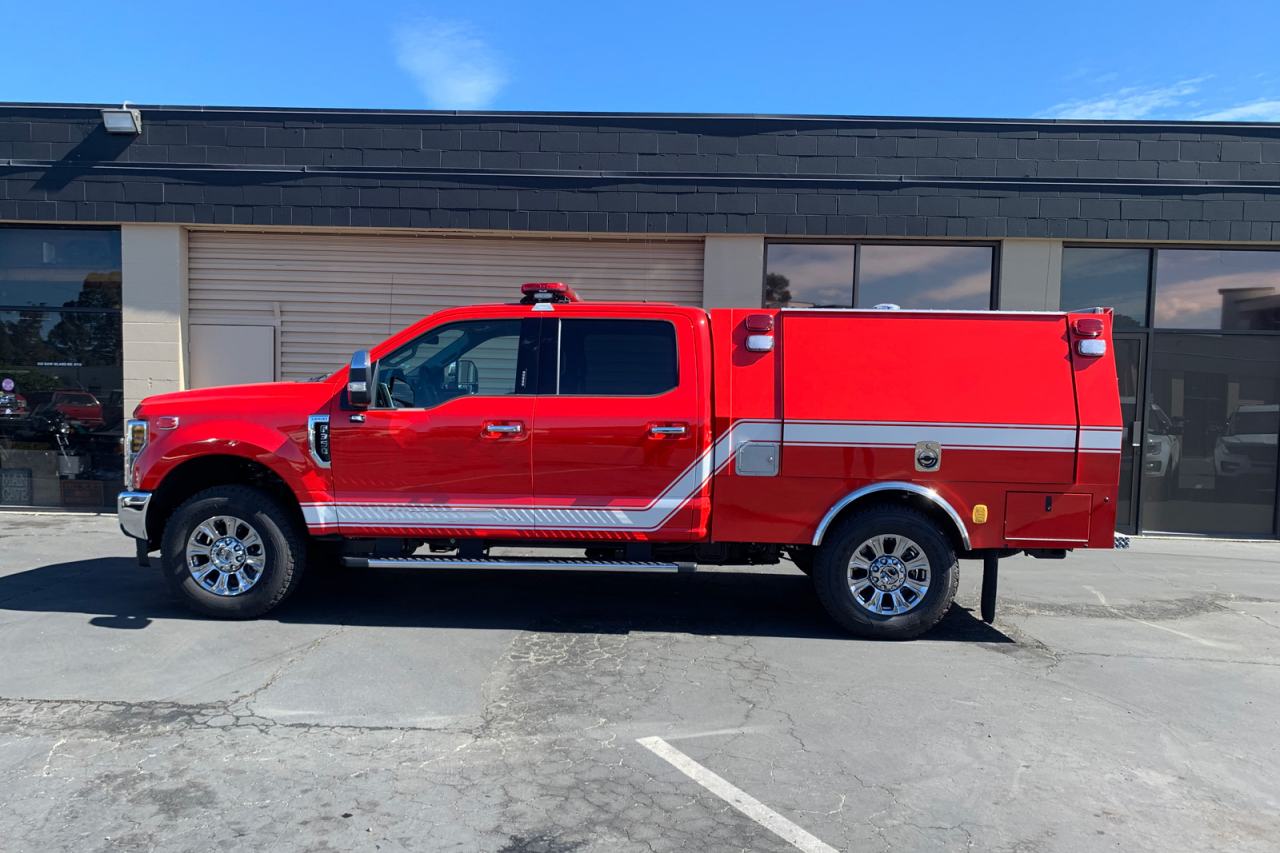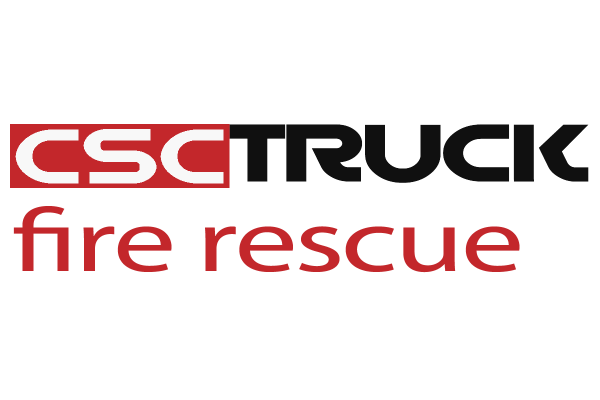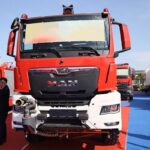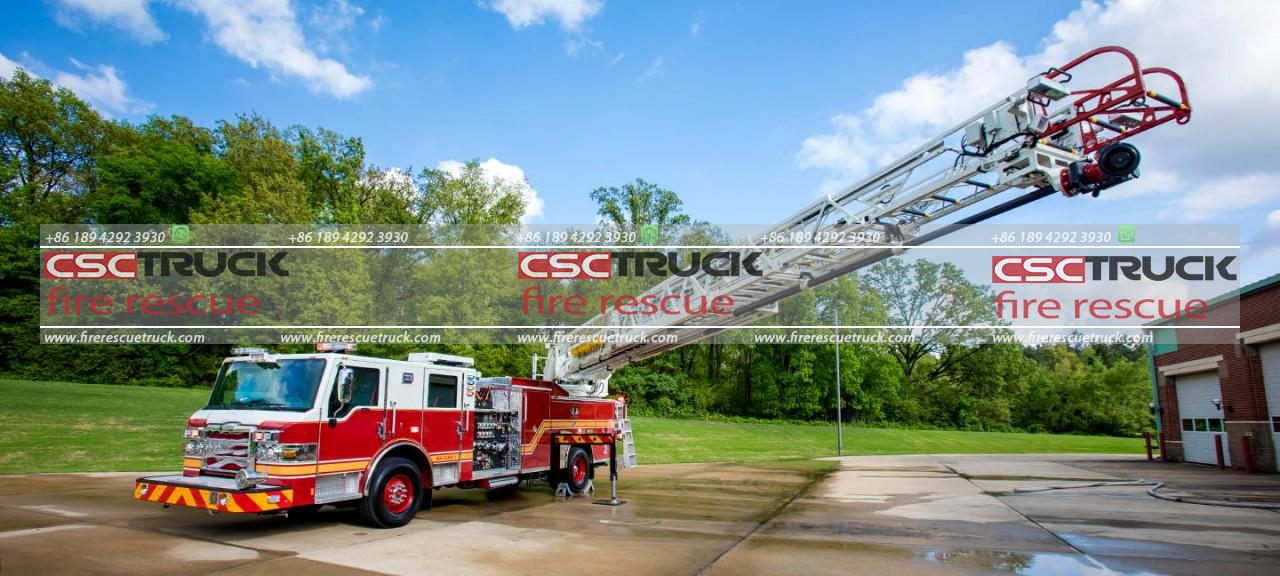In the realm of emergency response, time, coordination, and clear communication are vital to saving lives and mitigating damage. Traditional fire trucks serve as powerful tools for firefighting and rescue, but modern emergencies—ranging from urban fires to natural disasters and terrorist attacks—require more than hoses and ladders. This is where Mobile Command Fire Trucks (MCFTs) come into play. Designed as on-scene command centers, these specialized vehicles are equipped with cutting-edge technology and strategic planning spaces that enhance coordination and decision-making in real-time. They are indispensable in managing complex incidents where multiple agencies and responders must work in unison.
The Evolution of Fire Ground Coordination
Firefighting has evolved significantly over the decades. In the past, incident commanders relied on handheld radios, verbal commands, and field improvisation to manage a scene. However, the growing complexity of emergencies and the need for interoperability among police, emergency medical services (EMS), utility companies, and government agencies prompted the development of advanced command vehicles.
Mobile Command Fire Trucks emerged to fill this gap, offering fire departments a way to establish a mobile operations hub at or near the scene of an incident. These vehicles support incident command system (ICS) protocols, enabling structured responses and efficient management of resources.
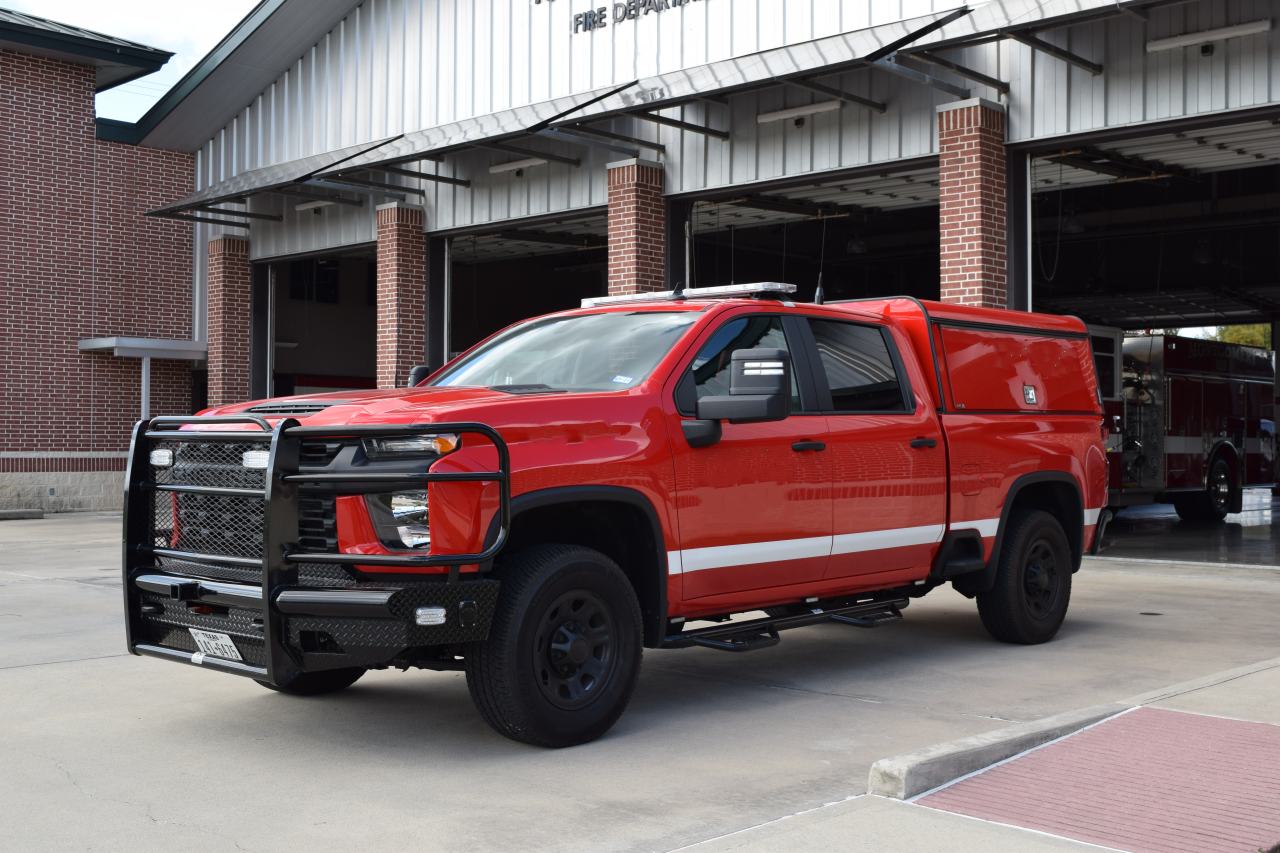
Key Features of a Mobile Command Fire Truck
MCFTs are not simply modified fire trucks; they are purpose-built vehicles incorporating state-of-the-art features to serve as mobile headquarters. Here are some of their most common and essential features:
1. Integrated Communication Systems
A robust communication setup is the backbone of any command unit. MCFTs are equipped with:
- Multi-band radios (VHF, UHF, 700/800 MHz)
- Satellite communication for areas with weak or no cellular coverage
- Cellular data modems and Wi-Fi hotspots
- Interoperability systems allow communication between disparate agencies
These tools ensure seamless coordination among firefighters, police, EMS, and other responders even in chaotic environments.
2. Command and Planning Workstations
Inside the vehicle, there are dedicated workstations equipped with:
- Rugged computers and touchscreen monitors
- GIS mapping systems for real-time situational awareness
- Incident planning software
- Whiteboards, magnetic boards, or digital displays for tactical planning
These workspaces allow incident commanders and key personnel to analyze, strategize, and brief responders efficiently.
3. Audio-Visual and Surveillance Capabilities
MCFTs often come with:
- Exterior and aerial surveillance cameras (including drones)
- Live video feeds to monitor fire spread or hazardous zones
- Video conferencing for coordination with remote command centers
- Public address systems and exterior screens for field briefings
This visual intelligence supports faster, better-informed decisions on the ground.
4. Redundant Power and Climate Control
Emergency coordination can’t afford downtime. Therefore, MCFTs are designed with:
- On-board generators and auxiliary power units
- Battery backup systems
- Climate-controlled interiors to ensure equipment and personnel can function in extreme conditions
These systems allow uninterrupted operations, even during prolonged emergencies.
5. Modular Design for Flexibility
Some MCFTs feature slide-out sections that expand the interior space, transforming the truck into a mobile meeting room or strategy hub. Others have separate compartments for IT equipment, communications gear, and briefing areas, all designed to support a flexible workflow depending on the mission’s needs.
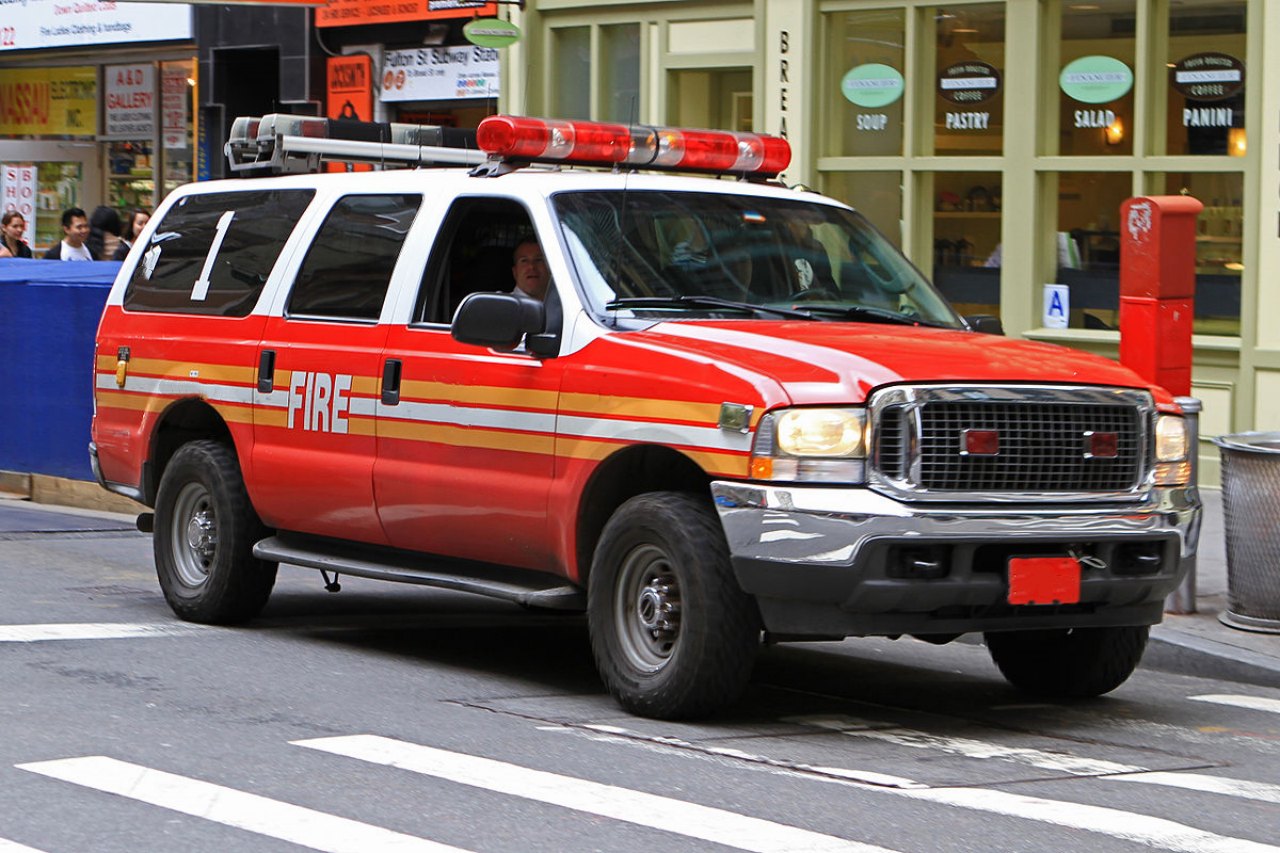
Strategic Benefits of Deploying an MCFT
1. Improved Incident Command and Control
An MCFT enables the rapid establishment of a centralized command post, aligning with the ICS structure mandated by emergency management agencies. This centralization leads to better task delegation, resource allocation, and scene control.
2. Enhanced Multi-Agency Coordination
Complex incidents often involve fire, police, EMS, environmental agencies, and sometimes federal authorities. The MCFT acts as a neutral operational hub where representatives can collaborate effectively, breaking down silos and avoiding miscommunication.
3. Faster Decision-Making with Better Data
Real-time data—from mapping tools, surveillance cameras, and communication systems—provides incident commanders with accurate situational awareness. This leads to better tactical decisions, such as identifying safe evacuation routes, resource deployment, or hazard containment strategies.
4. Post-Incident Analysis and Training
Data recorded within the MCFT, such as radio logs, video footage, and strategic decisions, can be analyzed after the event. This capability enhances post-incident reviews, supports continuous improvement, and provides training material for future responders.
Use Cases in Real-World Scenarios
Mobile Command Fire Trucks have proven their value in numerous emergencies:
- Wildfires: In sprawling wildland-urban interface (WUI) fires, MCFTs serve as anchor points for coordinating ground crews, air support, and evacuation orders across large, complex terrains.
- Urban Disasters: During the 9/11 attacks and subsequent large-scale emergencies, mobile command vehicles were instrumental in organizing multi-agency responses and maintaining real-time communication in unstable environments.
- Mass Casualty Incidents (MCIs): From train derailments to industrial accidents, these trucks help manage triage zones, resource allocation, and victim tracking.
- Public Events: During major events like marathons or festivals, MCFTs are pre-positioned as command and control centers in case of crowd incidents, weather threats, or security breaches.

Considerations for Fire Departments
Acquiring a Mobile Command Fire Truck is a significant investment, often costing between $500,000 and $1.5 million, depending on size, features, and technology packages. Departments should consider:
- Community Risk Profile: Does your region face frequent large-scale emergencies or events?
- Mutual Aid Agreements: Will surrounding agencies utilize the vehicle in joint responses?
- Customization Needs: What technologies or configurations best support your local response structure?
- Training Requirements: Personnel must be trained not only to operate the vehicle but to leverage its tools effectively in live situations.
Grants from federal programs like the Urban Area Security Initiative (UASI) or the Assistance to Firefighters Grant (AFG) can help fund these vehicles, particularly when they enhance regional capabilities.
Future Trends
As technology advances, future MCFTs are likely to include:
- AI-powered analytics for predictive response planning
- 5 G-enabled data transmission
- Augmented reality (AR) for training and live incident overlays
- Autonomous drone support
- Environmentally sustainable power systems (solar, hybrid, or fully electric drives)
These innovations will continue to improve safety, efficiency, and coordination capabilities on the front lines.
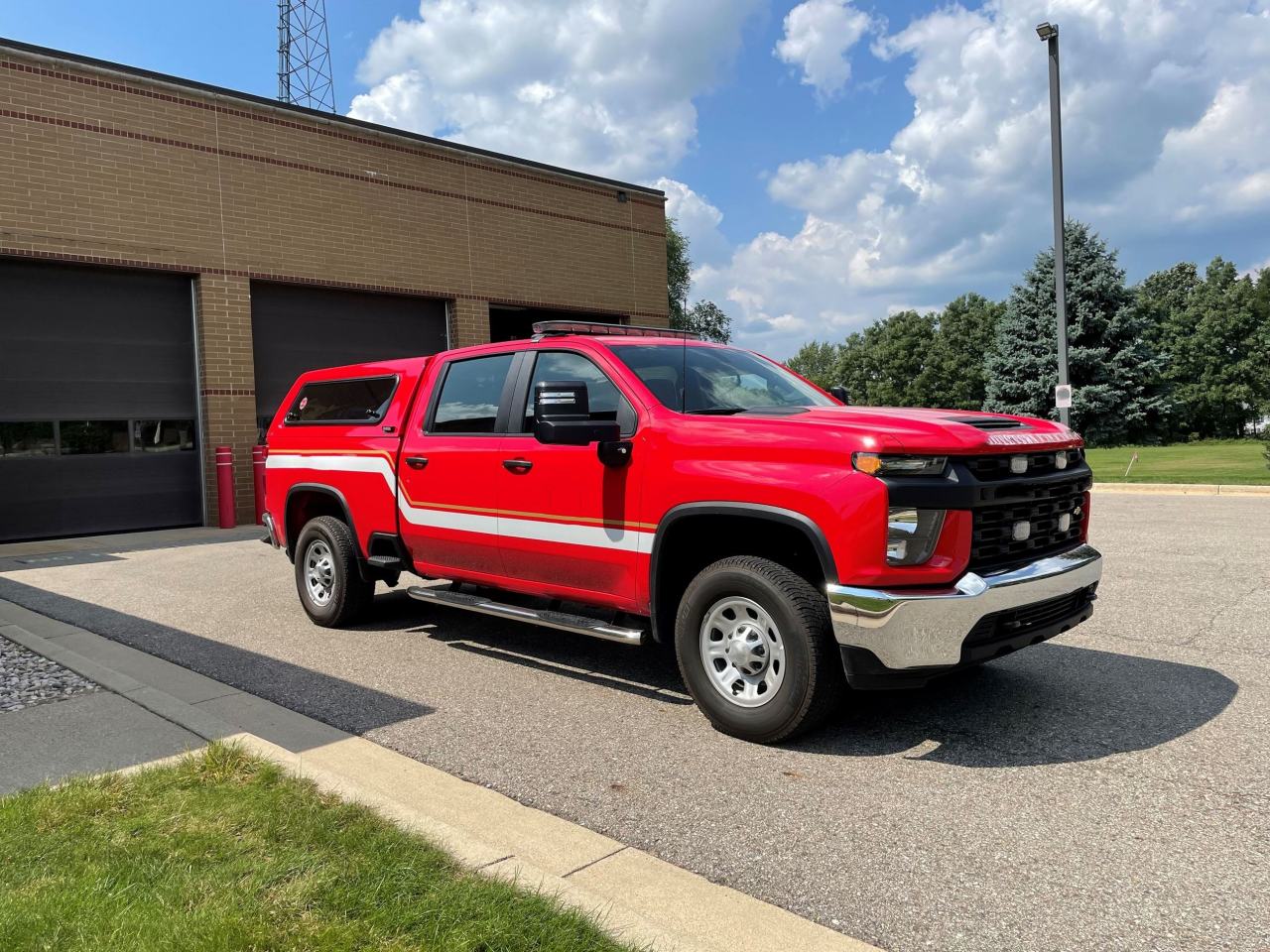
Conclusion
In an era where the scale and complexity of emergencies continue to grow, the mobile command fire truck stands out as a crucial asset in a fire department‘s arsenal. By integrating advanced communications, planning tools, and real-time situational awareness into a mobile platform, MCFTs empower incident commanders to make smart, swift, and safe decisions. As both threats and technologies evolve, these vehicles will remain at the heart of modern emergency coordination, helping protect communities when every second counts.
